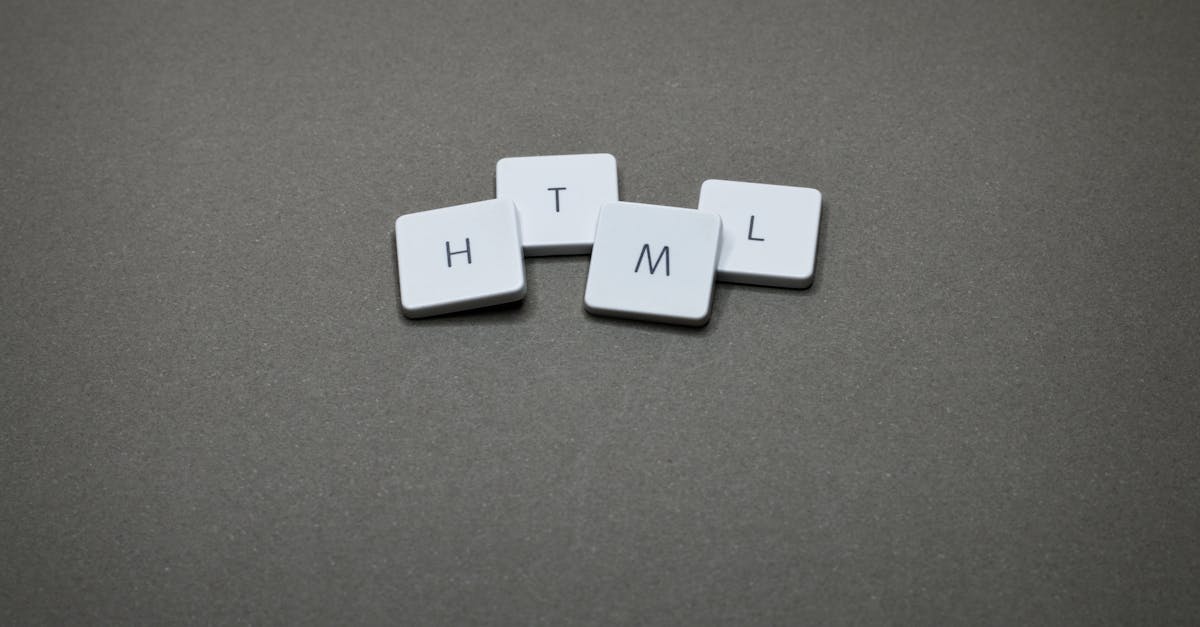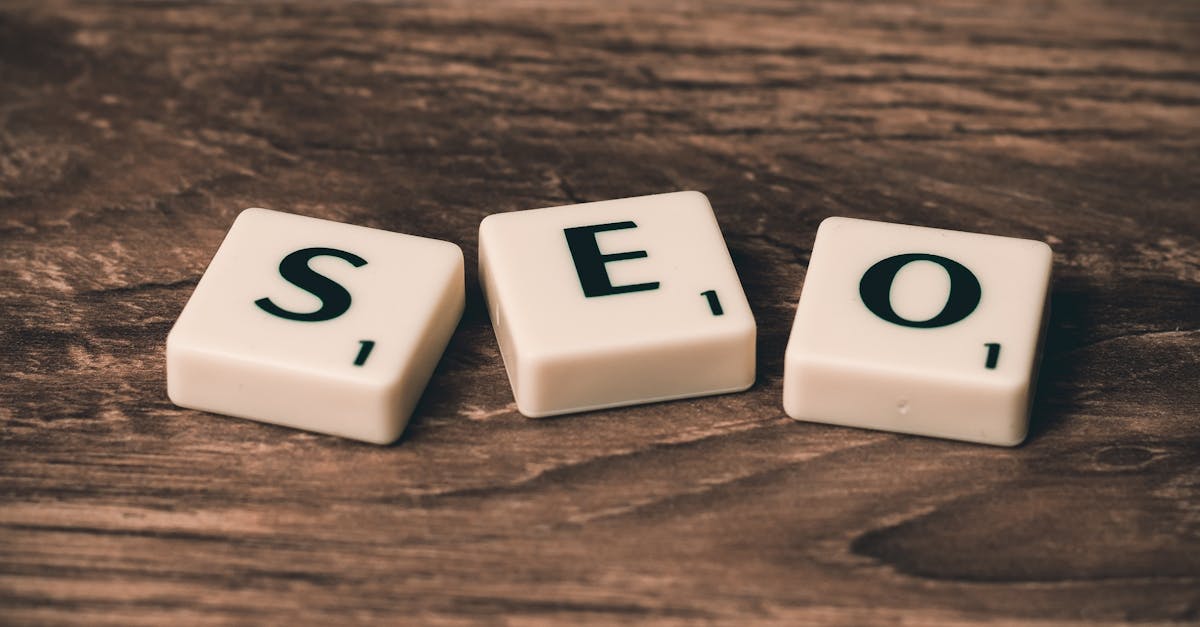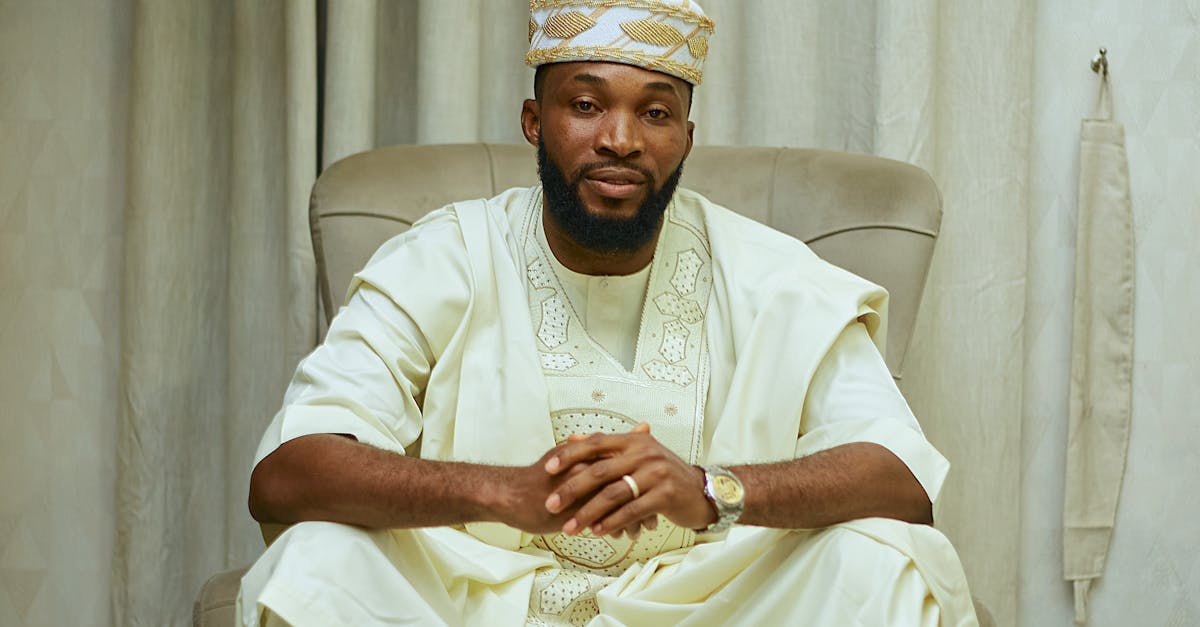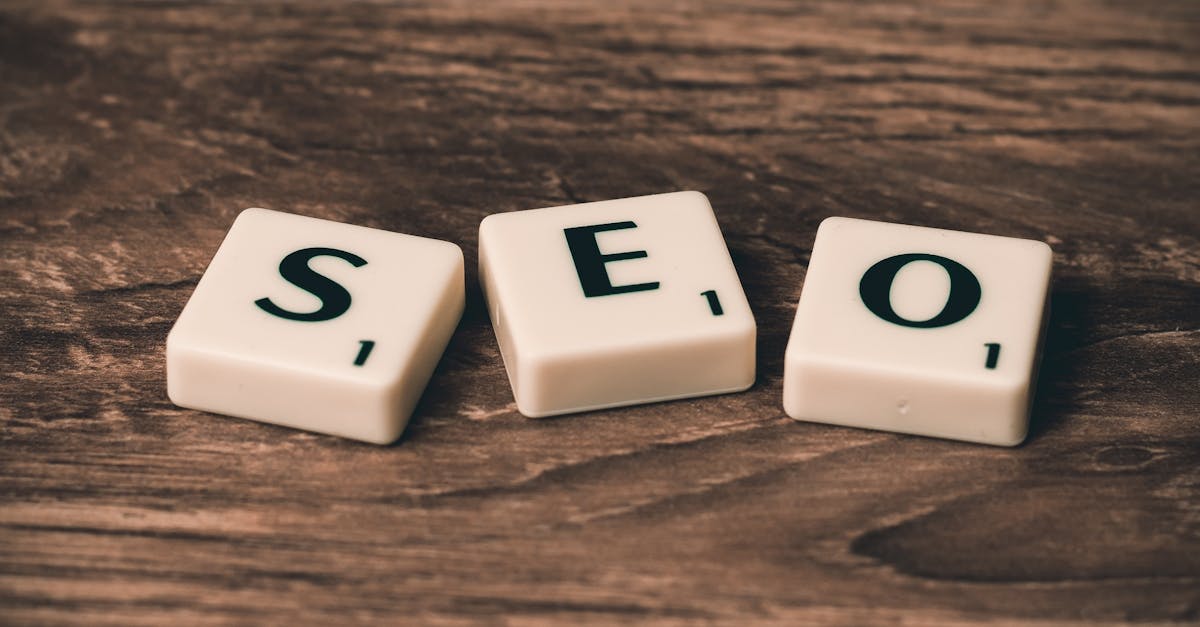The Birth of Blogging Culture
Blogging began in the late 1990s as a digital extension of personal diaries and journals. Early platforms like LiveJournal and Blogger made it easy for individuals to share their thoughts, experiences, and expertise with a global audience. These blogs ranged from personal reflections to professional insights, covering an array of topics from cooking to technology. The early 2000s saw an explosion of blogs, as more people recognized the power of the internet as a tool for self-expression and community building.
The Golden Age of Blogging
As the blogging culture matured, it became a significant force in the media landscape. Influential blogs like TechCrunch, Mashable, and The Huffington Post emerged, blending traditional journalism with the informal, personal tone of blogs. Bloggers became influential figures, and some even transitioned into mainstream media roles. This period also saw the monetization of blogs through advertisements, sponsored content, and affiliate marketing, making blogging a viable career path for many.
The Rise of Social Media
The mid-2000s brought a new wave of social media platforms like Facebook, Twitter, and Instagram. These platforms provided quicker, more interactive ways to share content and engage with audiences. The rise of microblogging on Twitter and visual storytelling on Instagram and Pinterest shifted the focus from long-form content to short, digestible posts and images. Social media allowed for real-time interaction, creating a sense of immediacy and connection that traditional blogs struggled to compete with.
The Shift in Content Consumption
As social media grew, it changed how people consumed content. The average internet user began to favor the bite-sized updates and visual content offered by social platforms over lengthy blog posts. Algorithms on these platforms further pushed this shift by prioritizing content that garnered quick engagement, such as likes, shares, and comments. This led to a decline in traditional blogging, as many bloggers adapted by creating shorter, more frequent posts on social media to maintain their relevance and audience engagement.
The Current Landscape
Today, blogging coexists with social media, but its role has evolved. Blogs are often used for in-depth analysis, tutorials, and evergreen content, while social media is leveraged for quick updates, promotional snippets, and real-time interaction. Many content creators use both platforms in tandem, linking back to their blogs from their social media posts to drive traffic and provide more comprehensive content.
Reflecting on the Future
The question remains: will blogging be replaced by small social media posts? While social media’s immediacy and reach are undeniable, blogs offer depth and longevity that short posts cannot match. Blogs allow for detailed exploration of topics, creation of authoritative content, and better search engine optimization (SEO), which helps in building a lasting online presence.
Moreover, blogs serve as a personal or brand’s digital home base, a place where they have full control over their content, free from the changing algorithms and policies of social media platforms. This control over content and the ability to provide in-depth information ensures that blogging retains its unique value.
Conclusion
While social media has transformed content consumption and engagement, it is unlikely to fully replace blogging. Instead, the two mediums complement each other, offering different strengths that content creators can leverage to build and maintain their audience. Blogging’s detailed and authoritative nature, combined with social media’s immediacy and interactivity, creates a dynamic content ecosystem that benefits both creators and consumers. The future of digital content will likely see a continued synergy between blogs and social media, rather than one completely overshadowing the other.





